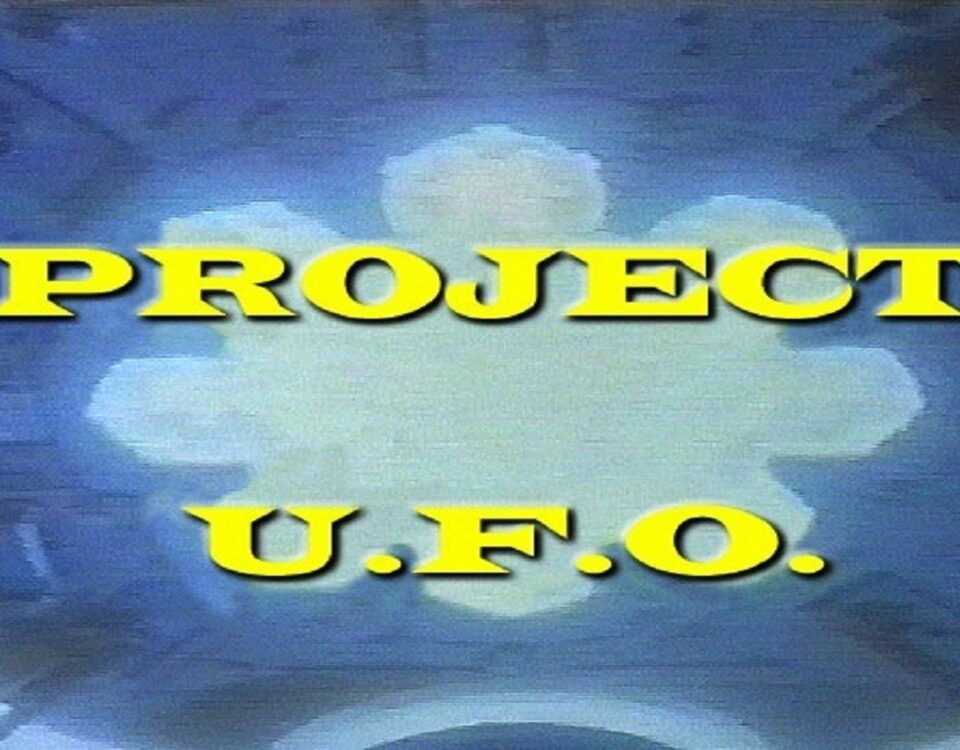Project U.F.O.
- All
- A Man Called Hawk
- A Man Called Sloane
- Airwolf
- ALF
- Animation
- Automan
- B.J. and the Bear
- Battlestar Galactica
- Blue Thunder
- Cagney & Lacey
- Captain America
- cartoon
- Charlie's Angels
- CHIPs
- Columbo
- Cover up
- Crazy Like a Fox
- Dallas
- Dukes of Hazzard
- Eight is Enough
- Emergency!
- Enos
- fantasy island
- General
- Half Nelson
- Hardcastle & McCormick
- Hart to Hart
- Hawaii Five-O
- Hill Street Blues
- Hotel
- Hunter
- Interview
- Jake and the Fatman
- KISS
- Knight
- Knight Rider
- Kojak
- Laverne & Shirley
- MacGyver
- Magnum P.I.
- manimal
- Matt Houston
- Miami Vice
- Mission: Impossible
- Moonlighting
- Project U.F.O.
- Quantum Leap
- Quincy
- Remington Steele
- Riptide
- Scarecrow and Mrs. King
- Shazam!
- Simon & Simon
- Speed Racer
- Spenser: For Hire
- St. Elsewhere
- Star Wars
- Starsky & Hutch
- Stingray
- Street Hawk
- Supertrain
- T and T
- T.J. Hooker
- Taxi
- The A Team
- The Amazing Spider-Man
- The Bionic Woman
- The Brady Bunch
- The Equalizer
- The Fall Guy
- The Greatest American Hero
- The Incredible Hulk
- The Love Boat
- The MAster
- The Rockford Files
- The Six Million Dollar Man
- The Twilight Zone
- Three's Company
- Uncategorized
- V
- Voyagers!
- wiseguy
- Wonder Woman


